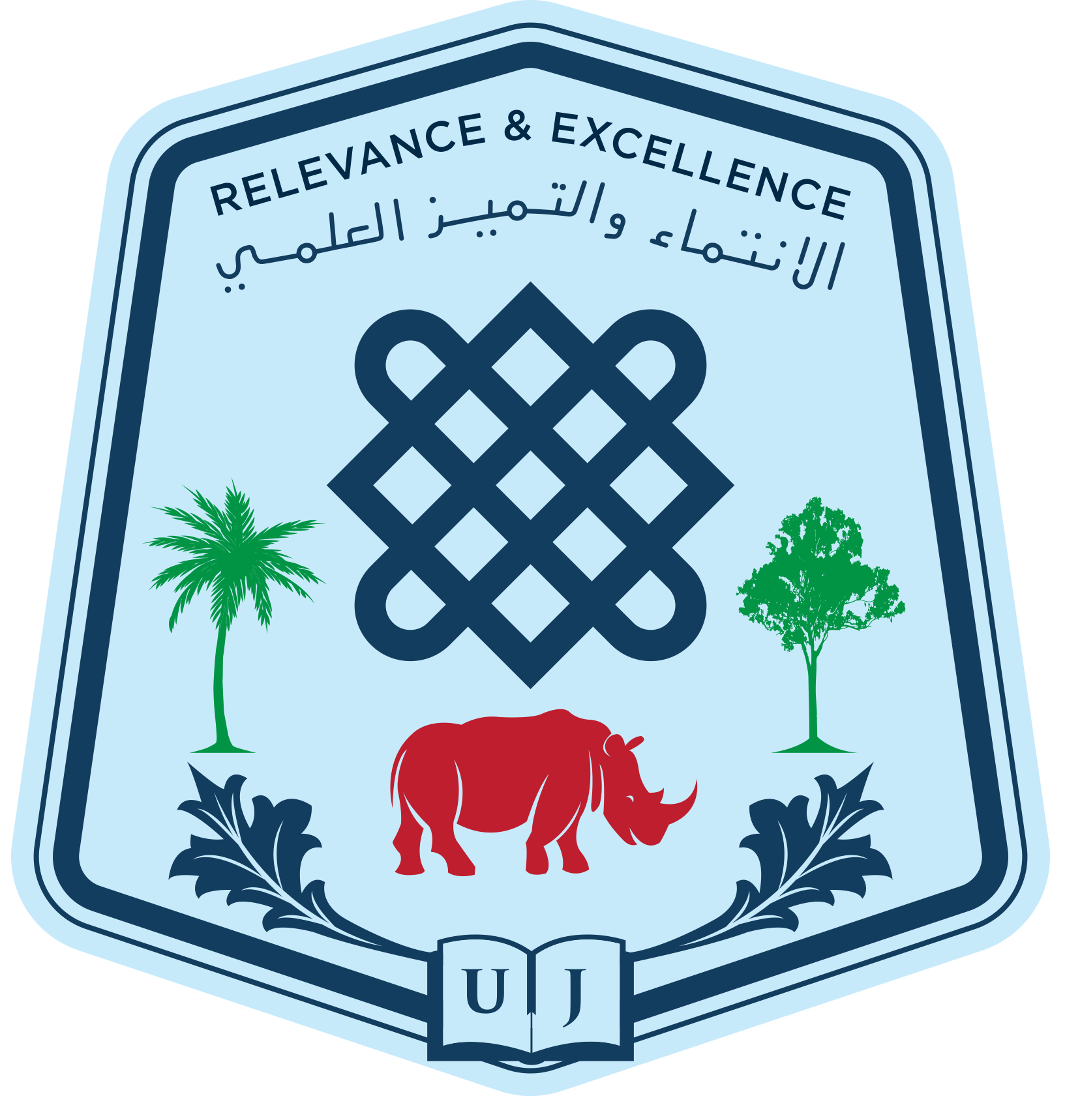Lukaw, Y.S, et al.,
Abstract
Tsetse flies are the sole biological vectors of Human African Trypanosomiasis (HAT) in sub-Saharan Africa. Glossina fuscipes fuscipes act as tsetse vectors of HAT in Kajo-keji County (KKC) South Sudan. Studies on the spatial distribution of tsetse flies are imperative for the control of trypanosomiasis in the endemic foci. A 2-year- study was carried out to spot spatial distribution of G.f. fuscipes in four Payams of KKC. 56 unbaited biconical traps were deployed in various ecosystems assumed to habituate tsetse fliesand coordinates of the sites where traps were deployed were recordedusing Global Positioning System (GPS). Remote Sensing (RS) and Geographical Information System (GIS) were applied and map was generated. This map revealed spatial distribution of G.f.fuscipes in eight streams of four Payams, KKC as a function of apparent density of flies/trap/day and infection rates (IR%) of Trypanosoma brucei gambiense in G.f.fuscipes. Both RS and GIS are useful tools that could be incorporated into decision-making process to prioritize target areas for vector control strategy. Further study on relevant technology is needed in Western and Eastern Equatoria States State South Sudan.
Keywords: RS, GIS, Glossina f.fuscipes, Tsetse and Trypanosomiasis control, South Sudan.
Download the PDF APPLICATION_OF_REMOTE_SENSING_AND_GEOGRAPHICAL_POS
